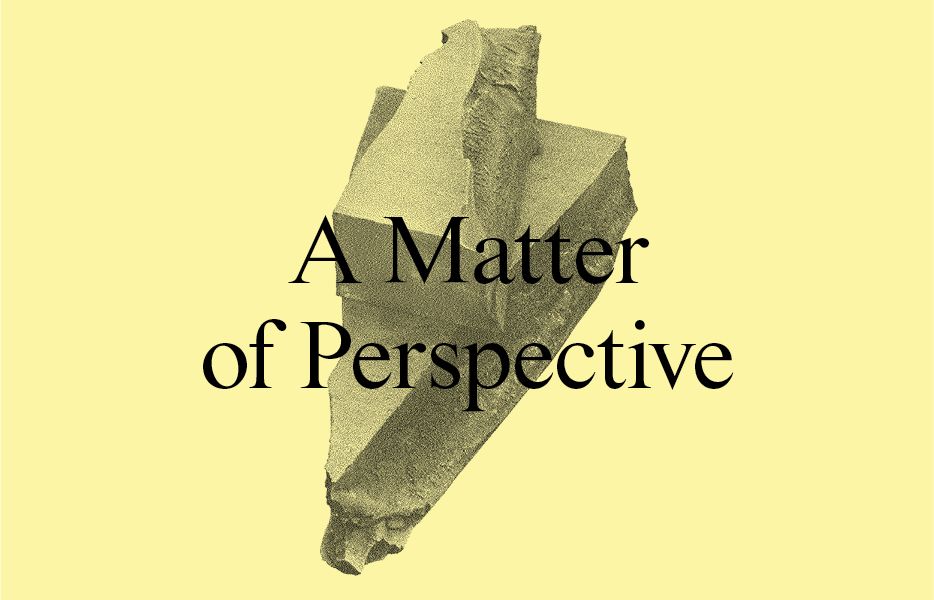Fotografien. Architektur und Natur
Sigrid Neubert

With the special exhibition Sigrid Neubert - Photographs. Alf dedicates architecture and nature Lechner Foundation of the most important German architectural photographer of the 20th century and Chronicler of Bavarian post-war modernism a comprehensive retrospective exhibition. After Following the great success in Berlin, Sigrid Neubert's work will now also be on display in Bavaria and recognized her remarkable achievement as an architecture and nature photographer.

Sigrid Neubert, born in 1927 in Tübingen, worked as a photographer for the most important German architecture firms for over 30 years. Through her intensive study of the photographed buildings, she developed her own style, with which she clearly worked out the structures of the buildings, including through strong contrasts — and which made Neubert the most famous architectural photographer in Germany. Since the 1970s, she has expanded her oeuvre to include impressive images of nature, to which she dedicated herself exclusively from 1990. The retrospective presents Sigrid Neubert's architectural photographs in the Lechner Museum Ingolstadt and her nature photographs in the Alf Lechner Foundation paper house in Obereichstätt. These include her most famous works, such as the iconic architectural photographs of the BMW skyscraper or the hypo-skyscraper in Munich, as well as her paintings of the Nymphenburg Palace Park and the megalithic temples of Malta. The exhibition was made possible by the Kunstbibliothek, Staatliche Museen zu Berlin, as part of the Federal Program of the Prussian Cultural Heritage Foundation and is accompanied by an extensive book on Sigrid Neubert's architectural photography. An extensive book has been published about this exhibition: Frank Seehausen: Sigrid Neubert. Post-war modernist architectural photography; Munich, Hirmer Verlag 2018, 45 euros.

On the death of architecture photographer Sigrid Neubert (1927 — 2018):
Sigrid Neubert was one of the most important chroniclers of post-war German modernism. Just a few days after the opening of her largest retrospective exhibition to date in Bavaria, the well-known Munich photographer Sigrid Neubert passed away at the age of 91 at her retirement home near Berlin. She was one of the outstanding female architectural photographers of the post-war period, worked intensively with the most important German architecture firms for over 30 years and shaped the image of modern architecture in the Federal Republic of Germany like no other with her distinctive black and white photographs.
“Sigrid Neubert's working method was always characterized by a very intensive study of the object being photographed. Her work is exemplary: Both her natural and architectural photography are based on her own style, which clearly highlights the structures. ”
- Ludger Derenthal, Head of the Photography Collection at the Art Library
Born in 1927 in Tübingen as the daughter of the doctor and later anatomy professor Kurt Neubert and his wife Margot, Sigrid Neubert showed early on the desire for personal independence, combined with great interest in her fellow human beings and those around her. She received her training as a photographer from 1948 to 1954 at the Staatslehranstalt für Lichtbildwesen in Munich. Neubert worked in Munich for five decades. Initially working as a commercial photographer, she specialized in architectural photography in the 1950s, a purely male domain at that time. Since the 1970s, Neubert has expanded her oeuvre to include impressive images of nature, to which she dedicated herself exclusively from 1990. Her photographic talent was recognized early on. As early as 1953, the Museum of Modern Art in New York showed one of her experimental works in the exhibition European Postwar Photography. The Alf Lechner Foundation is currently exhibiting the major retrospective of architecture and nature at the Lechner Museum in Ingolstadt and in Obereichstätt until February 10, 2019. The exhibition was initially presented in spring 2018 at the Museum für Fotografie der Staatliche Museen zu Berlin and comprises 230 of her most important architectural and nature photographs.
“With Sigrid Neubert, we lose one of the most important German architectural photographers and chronicler of Bavarian post-war modernism.”
- Daniel McLaughlin, curator of the Alf Lechner Foundation
The photographer worked closely with numerous outstanding architects of post-war and late modernism: Kurt Ackermann, Walther and Bea Betz, Hans-Busso von Busse, Alexander von Branca, Herbert Gröthuysen, Hans Maurer and Paul Stohrer were among her clients as well as the Austrians Franz Riepl, Gustav Peichl and Karl Schwanzer. For the latter, she created those iconic pictures of the BMW high-rise building in 1970 — 1973, which are still unparalleled in their conciseness today.
“A good architectural photo requires a conversation with the architect. I should know his ideas, the design. The enthusiasm for his work must be transferred to me, I want to see with his eyes and take my eyes just as seriously. ”
- Sigrid Neubert, 1999.
Through her intensive study of the photographed buildings, inspired by the new American architectural photography of the 1960s and her passionate dialogue with the architects, Sigrid Neubert developed her own photographic style, with which she was able to capture the nature of the buildings. She worked out structures clearly through strong contrasts and integrated inhabitants, nature and the environment early on, which could also give her paintings a great sense of lightness. In architecture, as she once put it, she wanted to find something of the personality of architects. Her clever curiosity, her zest for life and her sense of aesthetics enabled her to become the most important pictorial chronicler of modern architecture in Bavaria and to interpret it in its remarkable complexity as a dialogue between individuals. Her rediscovery in recent years, the recent publication of the monograph by Frank Seehausen Sigrid Neubert, post-war modernist architecture photography by Hirmer Verlag Munich, the inclusion of important groups of works in the collections of the TU Munich Architecture Museum and the Art Library, Staatliche Museen zu Berlin, underlines the importance of her work. One week after opening the exhibition at the Lechner Museum in Ingolstadt, Sigrid Neubert died with the certainty that her work would live on.













